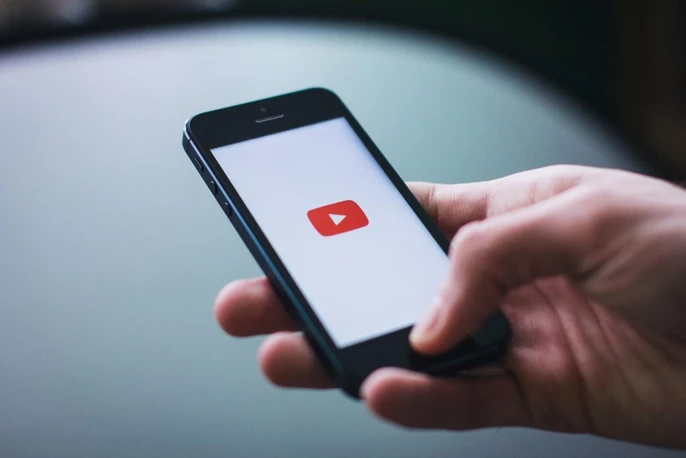Ever since audiences fled in terror from the 1895 screening of Train Pulls Into Station, moving pictures have engaged people on a level unlike any other art form. Even today, with pocket-sized screens delivering 6-second pre-roll, there’s no substitute for the power of video.
If anything, the rise of mobile media has only served to make video a more important piece of a brand’s media plan. eMarketer predicts that in the next three years, spend on digital video ads will increase by double-digit percentages every year, topping $22 billion by the end of that period.
Despite a smaller screen size, mobile video is shown to drive better engagement and recall than television spots (Nielsen), while also offering brands the potential for specialized targeting, tracking, interactivity, and audience capture for re-marketing.
“People think of video as a branding initiative, but more and more we’re seeing that it works for performance, especially if the videos are shorter. They’re able to drive the message in a short amount of time, and then drive the goals as well, in terms of conversion, acquisitions, etc.” —Edna Li, Director, Creative Solutions, Exponential
A recent study from Clutch supports this data. Millennials — who consume a much higher ratio of mobile video vs. traditional video compared to older generations — are significantly more responsive to advertising in general. 81% of Millennials said they made a purchase in 2017 in response to an ad they saw, versus just 57% of older generations (who are served more television content).
In other words, brands need to make sure that their digital video plan is given its fair due when it comes to creative approach. Rather than simply re-purposing traditional television-style video creatives, digital video needs specialized consideration in terms of format, story, and style.
As audiences’ media consumption habits shift away from television and towards bite-size video content, the rules regarding what is best practices for video performance have changed. What drives the best return on investment today is drastically different than the creative standard ten years ago.
Brands need to leverage creative talent that understands the both the features of modern video ads and the preferences of modern audiences in terms of pacing, story structure, and content.
Content: Quick and Silent
Rule #1: Silence is Golden
What’s the #1 most overlooked consideration with video ads today? Sound. To be more precise, a lack of sound. Outside of streaming services and Youtube, most video placements play natively with no audio, including 85% of video ads served on Facebook and Instagram (Digiday).
Digital video ads that are designed to from inception to be impactful without audio see 12% better completion rates compared to ads that are conceived around a combination of audio and video (Facebook).
What this means is, unless you have the budget to produce different ads for every digital channel, your creatives need to be designed from the outset to work with zero audio. No music to hammer home the emotional beats, no spoken dialogue to deliver the comic punchline. Take a lesson from the earliest days of cinema and embrace content that works in silence.
Rule # 2: The 3-Second Rule
Introduce your brand within 3 seconds. Meta-analysis of ad recall data shows us that viewers are 23% more likely to remember branding if it is featured within the first 3 seconds of an ad. In other words, don’t wait until the final few seconds to introduce your brand as a punchline, make sure your story leads with branding elements and then goes from their composition.
New screens, New Rules
Mobile devices are viewed in portrait (vertical) mode 98% of the time. That means the overwhelming majority of the time, your audience is looking at a completely different screen shape (9:16 ratio) than their TV or desktop computer (16:9 ratio). The type of stories and photographic compositions that work best on mobile screens is thus — obviously — going to be quite different.
Just as the ascendance of widescreen televisions forced full-screen (4:3) ads to take a back seat to widescreen (16:9) ads, so too has the proliferation of mobile media changed the game when it comes to the ideal formats and types of visual stories that perform best.
Switching from landscape to square video vastly improved views and shares for the Jane Goodall Institute. Source: Animoto
First off, there’s no question that square and vertical video performs better on most digital channels. Youtube, streaming services, and mobile apps meant to be played horizontally all do better with traditional landscape (16:9) creatives, but for almost everything else brands will want to focus on stories conceived around square (1:1) or vertical (9:16) video.
These formats are far more mobile-friendly, in general, as people inevitably consume most mobile content holding the phone vertically. Square videos take up 78% more screen space than landscape videos.
How much better do these formats perform?
2x completed views (Jane Goodall Institute)100% more engagement (Buffer)3x the number of shares
